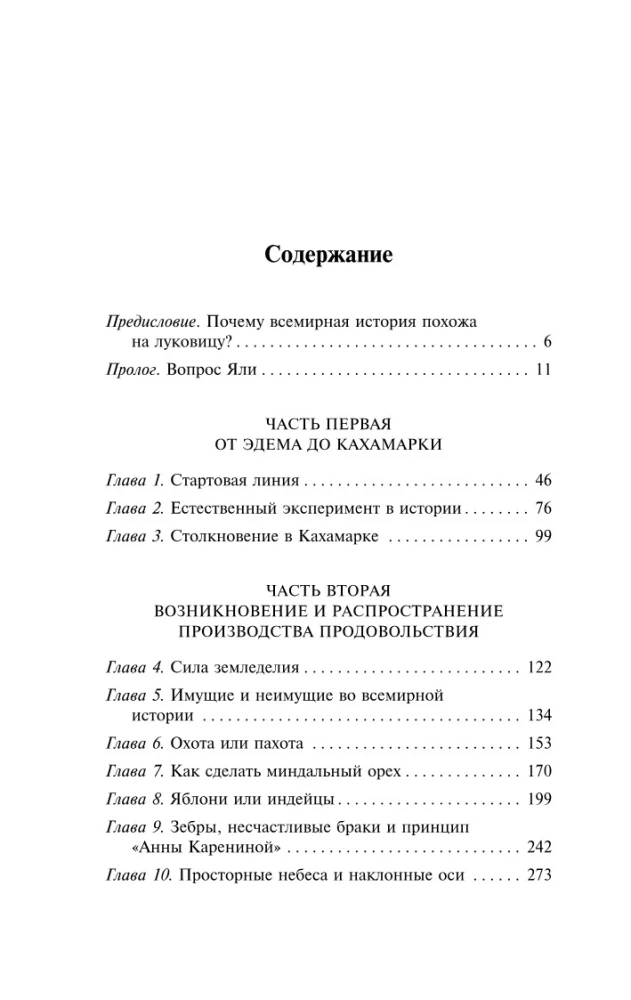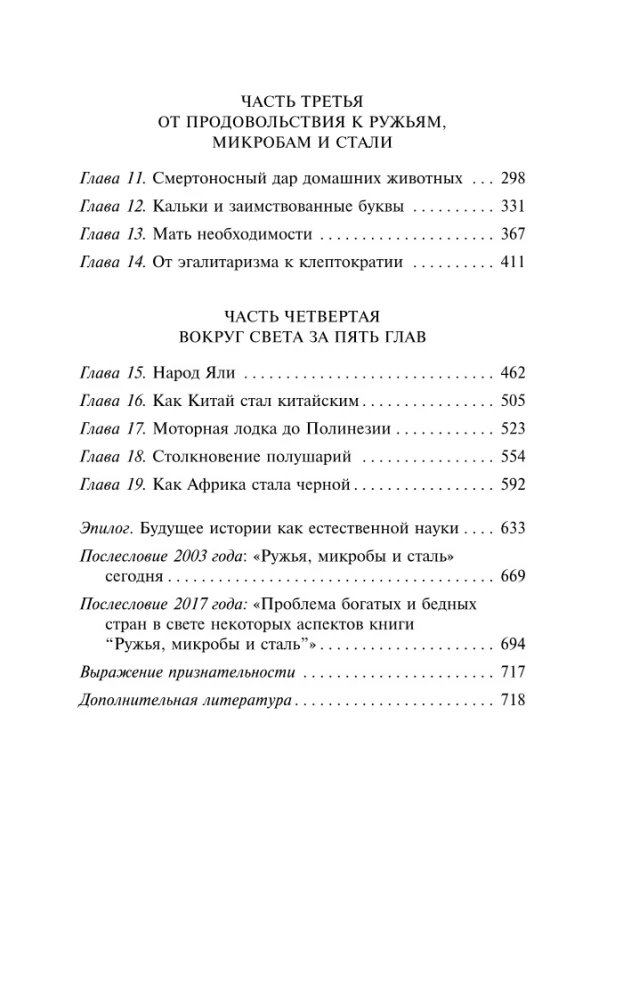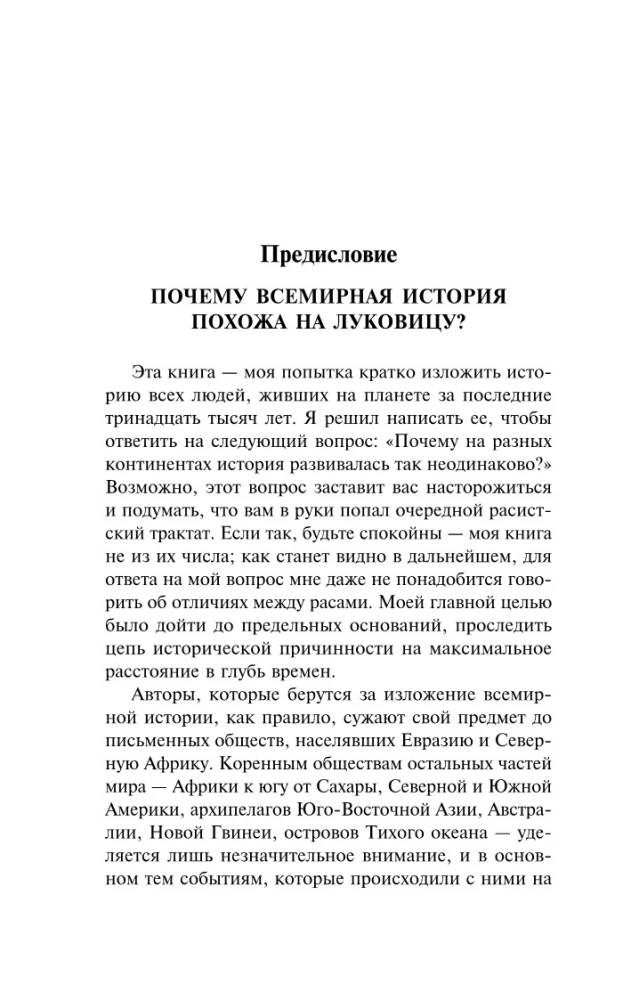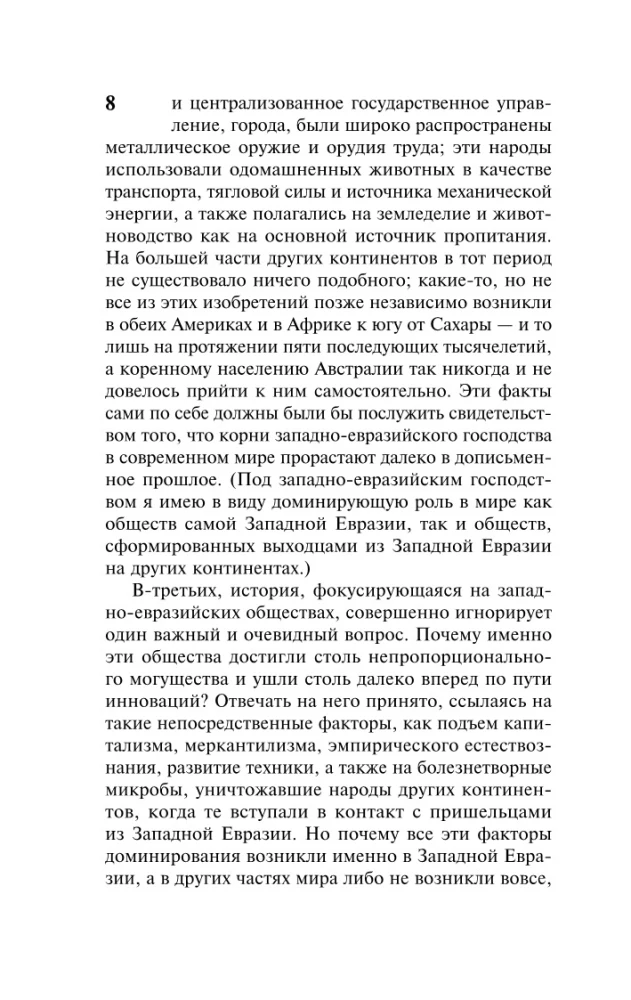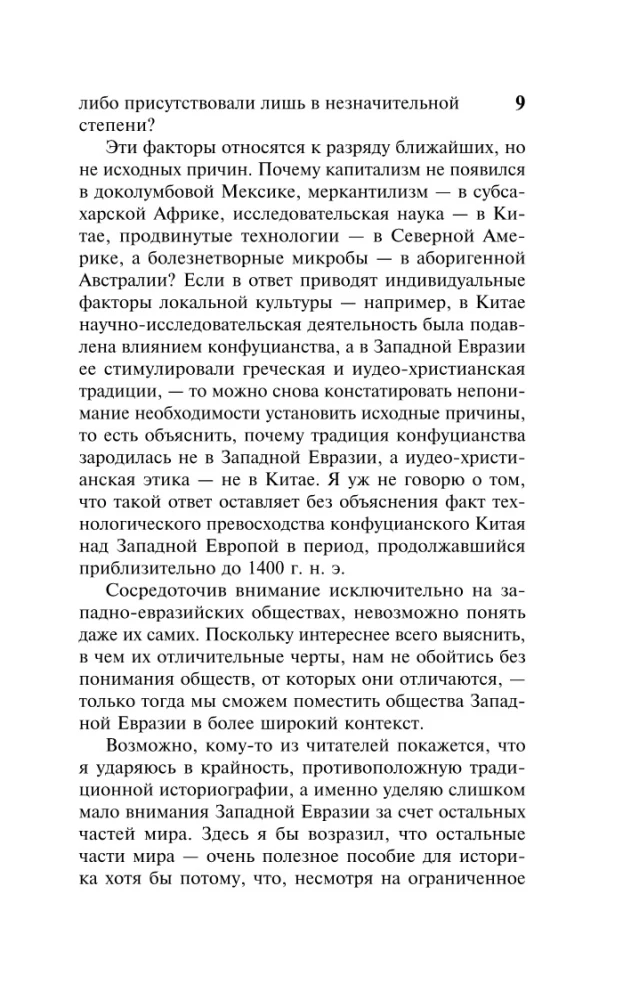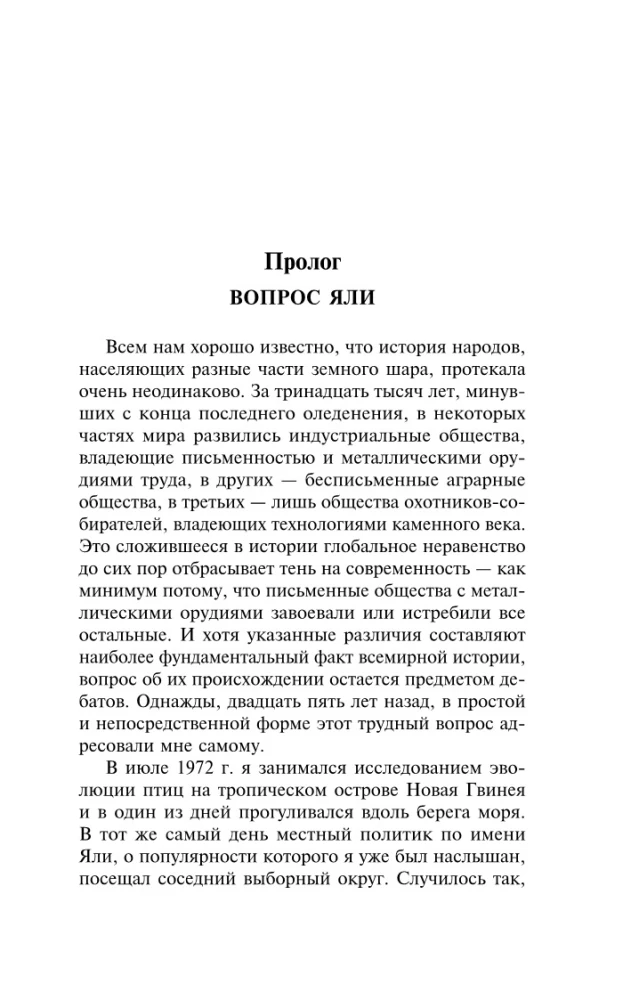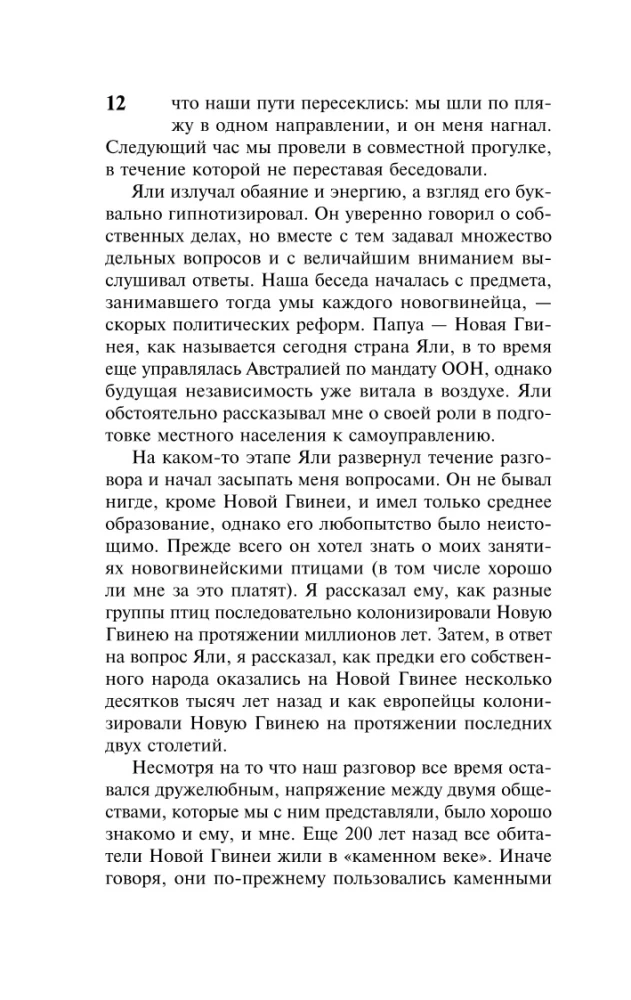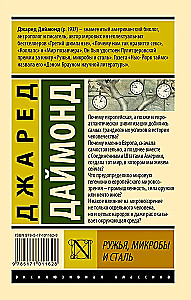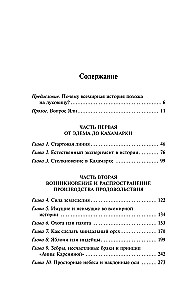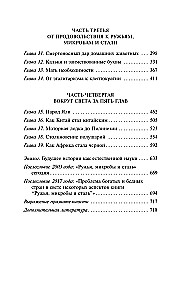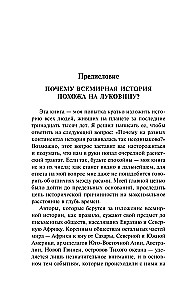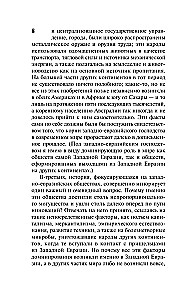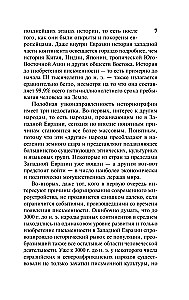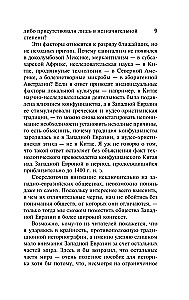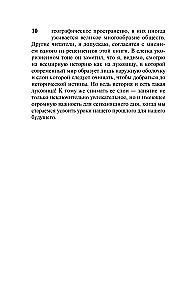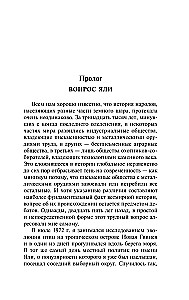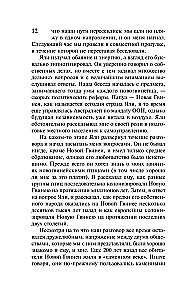Guns, Germs, and Steel
This book by American ornithologist, physiologist, and geographer Jared Diamond became an international bestseller and brought its creator the prestigious Pulitzer Prize, instantly turning an academic scholar into a major star. The question of why different regions of our planet... have developed so unevenly occupies many today—why, for example, did Australian aborigines never manage to emerge from the Stone Age, while Europeans learned to produce complex tools, build spacecraft, and pass accumulated knowledge to future generations? Relying on data from geography, botany, zoology, microbiology, linguistics, and other sciences, Diamond convincingly argues that the asymmetry in the development of different parts of the world is not accidental and is based on numerous natural factors—such as habitat, climate, the availability of domesticated animals and plants, and even the shapes and sizes of continents. Providing many fascinating examples from his rich experience observing peoples commonly referred to as 'primitive', as well as from world history, Diamond constructs a coherent and persuasive theory that allows the reader to rethink the hidden mechanisms of the development of human civilization . .
Author: Джаред Даймонд
Printhouse: AST
Series: Exclusive Classics
Age restrictions: 16+
Year of publication: 2017
ISBN: 9785171011628
Number of pages: 768
Size: 182x118x32 mm
Cover type: мягкая
Weight: 380 g
ID: 101432
-
MNOGOKNIG Gmbh, Frederichstrasse 176-179, Berlin, Germany, 10117+4915205421866


